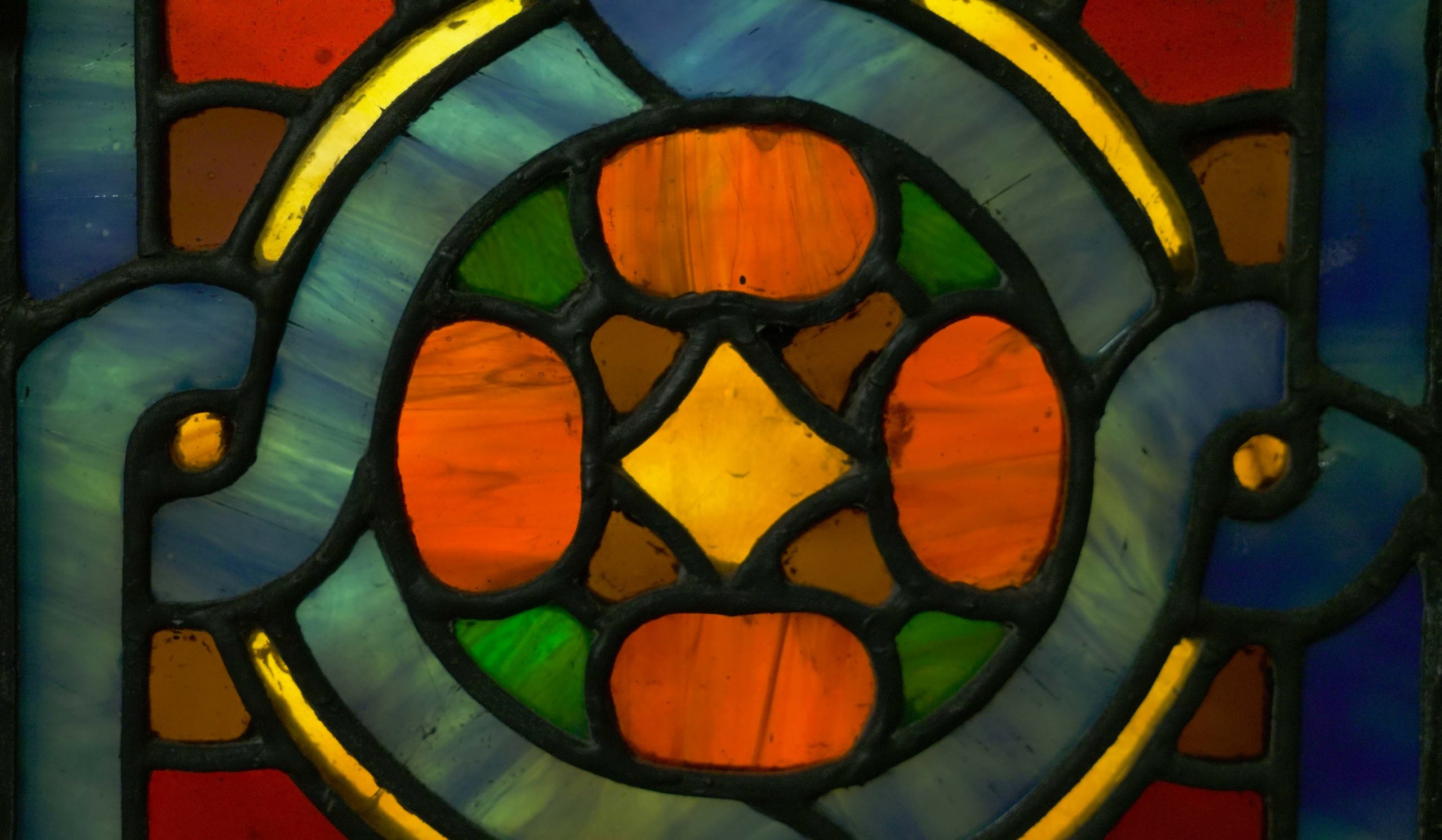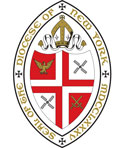Podcast: Play in new window | Download (Duration: 9:42 — 6.9MB)
Subscribe: Apple Podcasts | RSS
Genesis 1:1-2:4a [The Story of Creation]
Genesis 22:1-18 [Abraham’s sacrifice of Isaac]
Exodus 14:10-31; 15:20-21 [Israel’s deliverance at the Red Sea]
Ezekiel 36:24-28 [A new heart and a new spirit]
Matthew 28:1-10
A former parishioner of mine was leaving his house one Sunday morning, and he bumped into his next-door neighbors, a family with young children. He was on his way to church; this family was on their way to one of their many weekend activities. The 8-year-old daughter saw him in his suit and said, “You look really nice today, where are you going?” He told her, “I’m going to church.” To which this young girl responded, “Oh…Who died?” To which her somewhat embarrassed parents tried to explain that church wasn’t just the place where funerals happen, that it was a place where people went to pray in good times too, but the point was lost on this girl who had only ever set foot in a church when she was following a coffin.
My former parishioner shared this story with me because he was concerned and upset that this kid – representative of her generation – didn’t know what church was really about. But as I thought about it, I wasn’t so uncomfortable with people associating the church with death. One of the great gifts of the church is its sacred rituals that help us mark beginnings and endings. I hope that kid grows up to know that when a loved one dies, the church is a place she can turn.
When someone dies, the first and lasting thing we do is tell stories about them. Who they were, what they accomplished, who they loved, what they were passionate about, lessons they taught us. Memories that keep them alive in our hearts. And that is a bit of what we do here tonight. We tell the story of our salvation, keeping God alive in our hearts. We start from the beginning, in a dark church – reminding us of when the world was in darkness, when the light of Christ did not yet light our way. We light the new fire of Easter to remind us that it is Christ we are here to remember. We read from Scripture and tell the many different stories of God’s saving work. We remember how it’s always been in God’s nature to save us, to redeem us, to restore us to new life. And we epitomize that in the sacramental ritual of baptism – giving new life in God to the newest member of God’s family. (Congratulations, Kephas!) And then we sum it up in a grand remembering of the story of God’s saving power in Jesus.
Maybe that kid wasn’t so wrong about church after all! What we’ve done here so far isn’t all that different, yet, from a funeral.
I think that question “who died?” is at the heart of what we think of when we think about what it means to be Christian. The Christian faith is founded on the belief that God became human and died to redeem our sinfulness. The symbol of our faith is the very instrument of execution by which his death came about. One of the simplest ways we explain who Jesus is to children is to say, “He died for us.”
So it logically follows…
I’m going to church.
Who died?
Jesus did.
And as much as we’d like to proclaim Christ’s resurrection, sometimes it can feel like a singular historical event instead of our daily spiritual reality. Is Jesus really alive? What do we have to show for it? There is poverty all around us. Our democracy is in peril. Children continue to be gunned down at school while their lawmakers ignore their pleas for a safer world. Black lives continue to not matter in a country where there are more Black people in prison or on parole than there were in the 1860s. Immigrants seeking a better life on our shores are painted as criminals and deported to certain death. We ignore the unforgivable irony of a homeless person sleeping on the steps of golden, gilded towers on 5th Avenue. Despite overwhelming evidence, lawmakers continue to allow industry and infrastructure that permanently damage our planet. Trans people are being attacked and their health care denied. And the name of Jesus, and the religion of Christianity, is more recognizable as an extremist far-right political machine than a group of people following Jesus’ commandment to love and serve others.
Is Jesus really risen? Sometimes, it feels like Jesus is still dead.
The story of Easter Sunday opens with women going to the tomb. They are doing what they are supposed to do in the ancient world: caring for the dead. They go prepared for burial rituals. All 4 gospels share this part of Jesus’ story. They go to Jesus expecting a funeral.
But what they get, instead, is an empty tomb. And what they are given, instead, is resurrection. A message that comes to, and starts with, people on the margins. The vulnerable and disposable are the ones who announce the profound and beautiful truth that is at the heart of our faith: God’s love is stronger than death. It is the culmination of Jesus’ counter-cultural story.
When we say Jesus is risen, we aren’t just talking about something that happened 2,000 years ago. Our belief in resurrection is our proclamation and our trust in the power of a loving, liberating, life-giving God. Resurrection matters because the risen God upends all our expectations of who’s in and who’s out. Our assumptions about who matters, who leads, whose wisdom we should listen to. Resurrection matters because we must believe that the evil forces of this world can be put to death if we want to have any hope of combating them. Jesus isn’t a historical figure – he is new life, each and every day.
And the truth is, when you follow the counter-cultural footsteps of Jesus, something within you must die, too. Your ego, your pride, your selfishness. That is why we come to church: the rituals and sacraments we encounter in this place – hearing the word of God, remembering Jesus’
sacrifice on the cross, proclaiming his resurrection – put to death the things that get in the way of God’s redeeming love, so that resurrection can be not just a hoped-for future, but a daily reality.
Because on Easter, God changes the question for us. The central question of our faith is not “who died?” But “who lives?” The power and purpose of our life of faith isn’t to ponder what has died, but to proclaim that which has new life. The symbol of our faith isn’t a crucifix; it’s an empty cross. Our counter-cultural faith seeks that which brings life, not death, to the world.
On this Easter, open your eyes to the world around you, and seek those people and places and things which need new life. Join with the prophets in proclaiming “I know that my Redeemer lives.” As counter-cultural as it might seem today, death is not the end of the story. It is all of us, the baptized, the body of Christ, who now continue to tell and live out the story of resurrection and new life. God has brought resurrection to the world. And when we proclaim Jesus risen, we boldly live the truth that nothing is more powerful than the radical force of God’s redeeming love.
Alleluia, Christ is risen!
The Lord is risen indeed. Alleluia!





